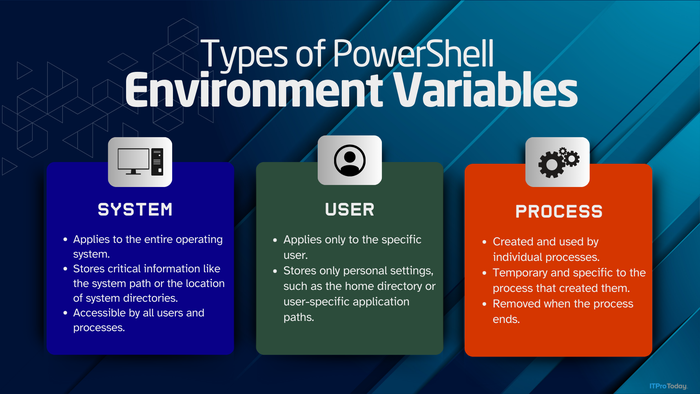Santa Clara County Balances Progress and SustainabilitySanta Clara County Balances Progress and Sustainability
The heart of the Silicon Valley faces opportunities and challenges as it maps out the future of energy.

No place in the world boasts a more impressive collection of tech companies than Santa Clara County. The Northern California enclave — home to Apple, Google, Nvidia, Intel, AMD, Broadcom and many others — is an unequalled economic powerhouse. It's also home for about 1.9 million residents.
Yet, beneath the glitzy façade of this Silicon Valley city lies a stark truth: Sprawling office complexes, huge manufacturing facilities, energy-intensive data centers (there are 72 of them in the county), and wired households draw huge amounts of electricity. Santa Clara County consumed 17,102 million kWh (GWh) of electricity in 2022, according to the California Energy Commission.
Balancing energy demand, resilience and sustainability is a formidable task. In addition to one of the world's highest concentrations of data centers, 43% of vehicles sold in Santa Clara County are EVs, more than double the national rate. Silicon Valley Clean Energy (SVCE), a community choice aggregator that delivers clean electricity to 13 communities in the region, predicts that demand for electricity will rise 40% by 2050.
The goal? "Achieve economic and social resilience while keeping energy prices down," states Jasneet Sharma, Director for Santa Clara County's Office of Sustainability and Resilience. "The county's compass? We must adapt to a changing climate, continue to reduce pollution and enhance our natural resources — all while promoting a prosperous and just economy," she says.
About the Authors
You May Also Like






.jpg?width=700&auto=webp&quality=80&disable=upscale)
